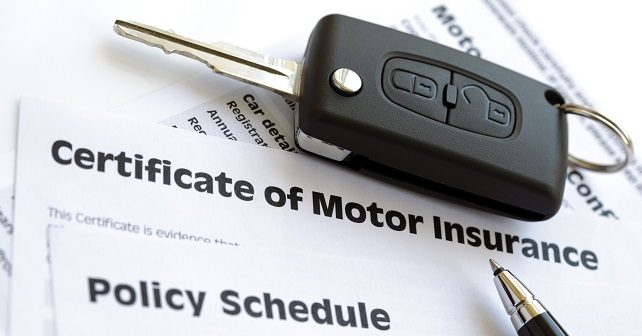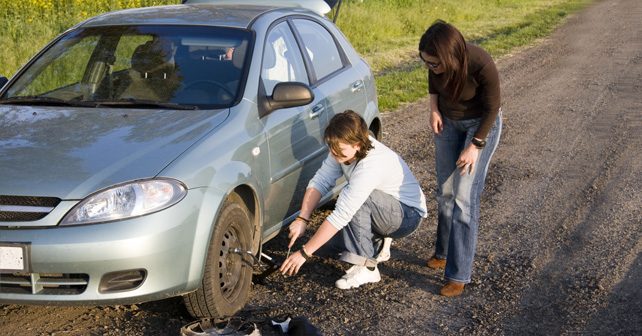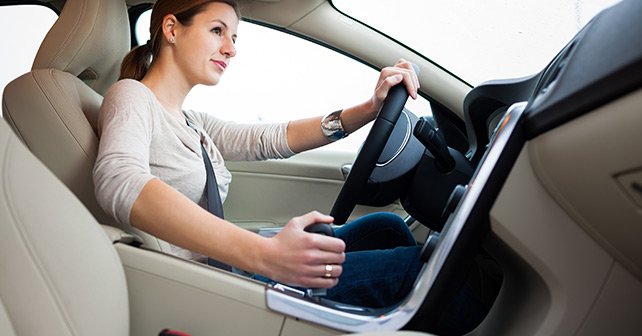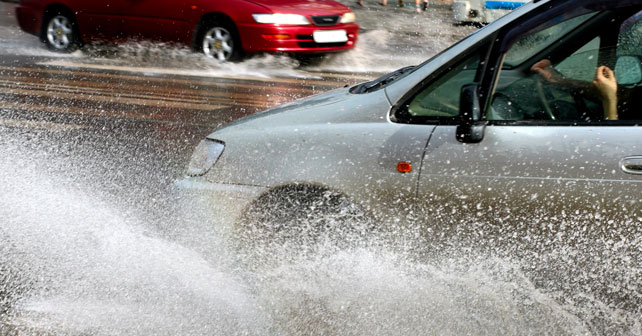Hand signals while driving
Hand gestures are an additional boon to other drivers as this lets them know exactly what your next move is. This ensures a safe drive for you and
By Rachit Thukral
Hand gestures are an additional boon to other drivers as this lets them know exactly what your next move is. This ensures a safe drive for you and everyone on the road.
Modern day vehicles might well be equipped with electronic indicators, but conventional hand signals remain an effective method of indicating the motorists and pedestrians of your next move. Hand signals are given by cyclists as well as motorist to alert others of their intention to turn or stop. People often overlook these hand signals, but in case of emergency, their use becomes inevitable. For instance, in case of failure of an indicator, the motorist may have to resort to hand signals to avoid accidents. Similarly, bright sunlight may make light signals almost invisible for the naked eye.
Even when the electronics of the car are working fine, you may use your hands to let the driver behind know what your next move is. Not to forget, if a driver in front is using such signals, one must be able to understand it and accordingly take the necessary action.
Therefore, it becomes a necessity for every motorist to have a full understanding of hand signals. Further, he must be able to use these signals in an effective manner. Always give clear signals and also give plenty of time for the driver behind you to react.
Right Turn Hand Signal
Before taking a right hand turn, stick out your arm as far out of the window as possible so that it is clearly visible to those behind. The palm of your hand should face forwards with your fingers together and the arm fully horizontal. With steering wheel on the right hand side of the car, this remains the easiest signal of all.
Left Turn Hand Signal
Left turn hand signal is a bit tougher than the one explained above. To indicate that you are about to take the road on the left, extend your right arm horizontally from the window with your forearm pointing towards the ground. Now that you are clearly visible to the motorist behind, turn your forearm in an anti-clockwise motion until you feel it is time to brake and turn.
Stop Hand Signal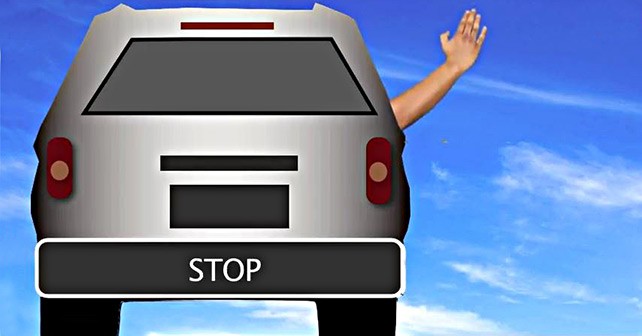
Stopping at the edge of the road may lead to serious repercussions if the motorist behind you isn’t aware of this move. To express your desire to stop on the road, put your arm horizontally out of the window with the forearm pointing straight up. Follow this action by keeping your palm open and facing forward until you feel it’s time to stop.
Slow down
If you wish to slow down on the road due to any reason, take out your hand out of the side window. Before you do this, check the traffic behind you before you start signalling the cars behind you. With your palm facing the ground, move your arms upwards and then downwards. Repeat this action 3-4 times so that the motorist behind can slow down himself and avoid a collision. As again, it is essential to give the driver behind sufficient time to react to your action.
Allow Another Driver to Overtake
Many a times, it is appropriate for a driver to let a faster vehicle overtake him. To make sure this process is hassle free, extend the right hand with palm facing forward below the level of the shoulder, and wave it forward and backward. Once the vehicle is close enough, firmly pull your hand back in the car and let the driver pass you. While you are letting other cars pass you by, do not drastically slow down or step on the brake pedal. Keep in mind to reduce speed at a gradual pace.

